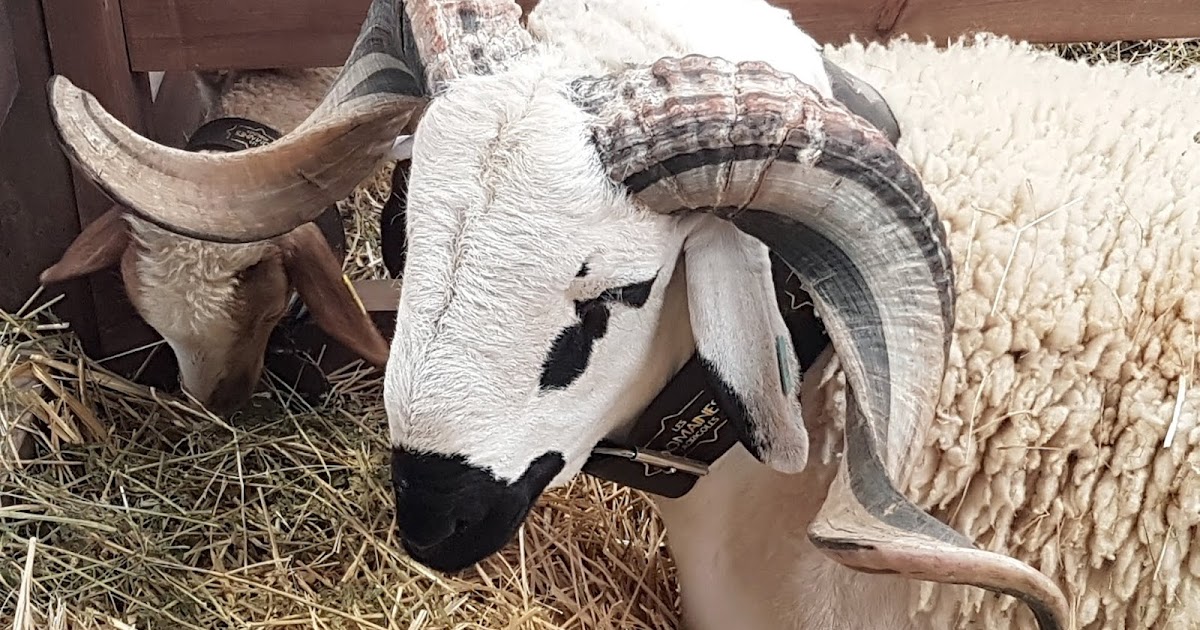SETTAT
The Granary of Morocco
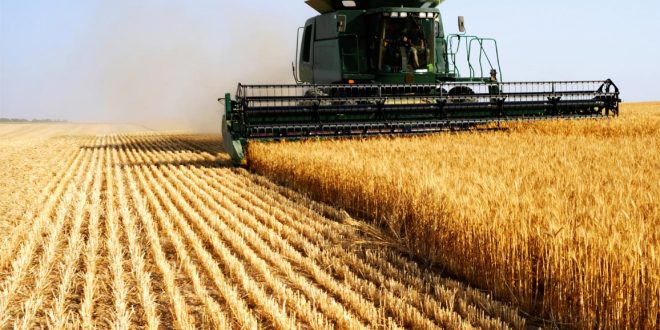
As the largest territory of the Region, Settat enjoys a strategic position at the main infrastructure and communication crossroads, offering economic and human assets and potentialities as well as a distinguished academic dynamism and vocational training.
To know more, please read the city's monograph here.
Historical Overview
"Flower of North Africa", this is how Leon the African, diplomat and great traveler of the 16th century, described Settat. This city knew how to stand out since the 17th century as an accommodating station for travelers. Its abundant fresh water and feeling of security shared by both dwellers and caravans have favored its urban growth and enabled it to bridge the North and South of the country.
Thanks to its rich lands, it prospered in the 18th and 19th centuries and developed an important agricultural trade center which attracted trade undertaking populations. This was the case of Moroccan Jewish people who settled in the city starting from the 19th century where they established their own quarters “El Mellah” at the suburbs.
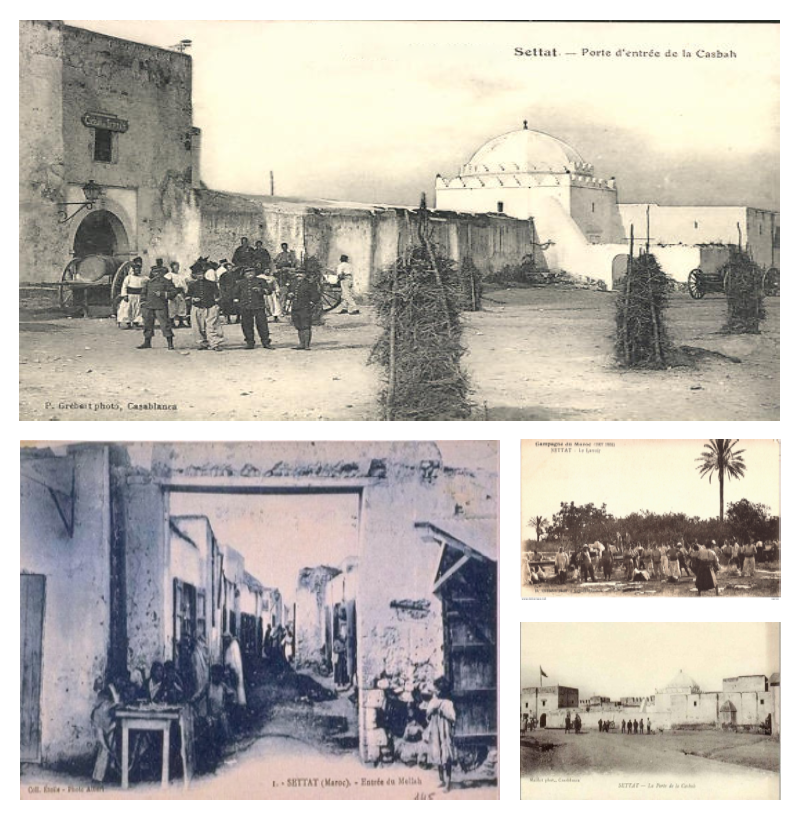
Economic Assets
Industry
→ Leader in several industrial sectors (cement, food industry, textile)
→ Industrial dedication since the 1980s
→ Industrial zone accommodating big Moroccan industrial operators
→ Launch of New Generation Industrial Parks : Settapark in Settat over an area of 20 ha and Logintek in Sidi El Aidi over an area of 126 ha
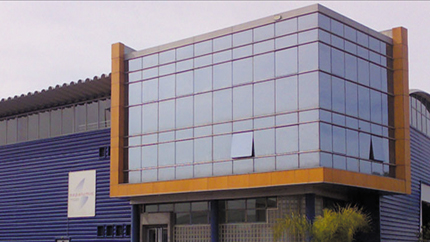
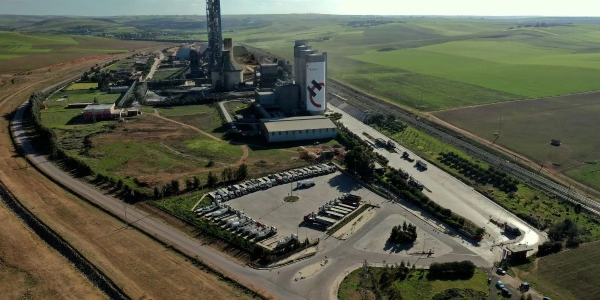
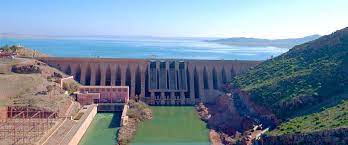
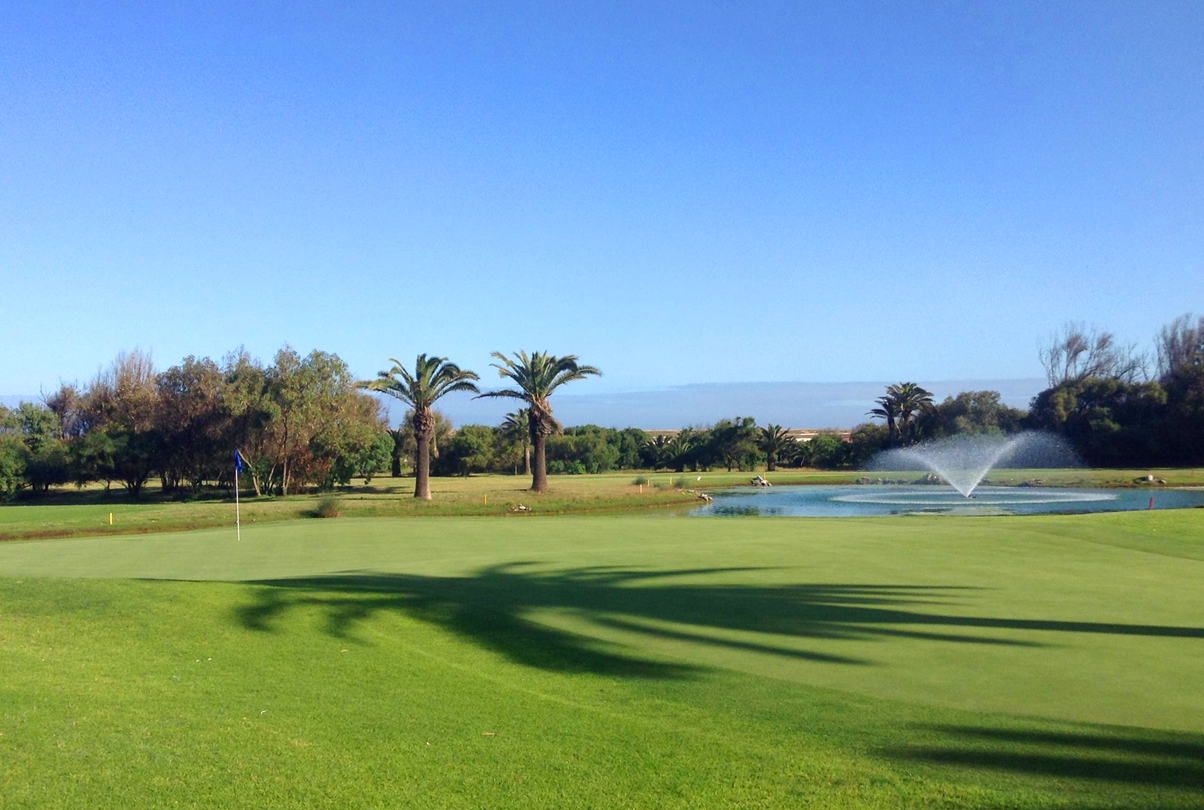
Tourism
→ A real green and ecologic tourism destination: 12 577 ha of forests, water sources, dams, golf courses, amusement park
→ Cultural tourism : Moussems (festivals) and cultural events
→ Investment opportunities in hotel facilities and tourist attractions
Agriculture
→ 33 % of the regional agricultural land
→ Cultivations of cereals, arboriculture, fodder, truck farming
→ Animal husbandry (44% of regional livestock), mainly "Sardi" sheep race, terroir products
